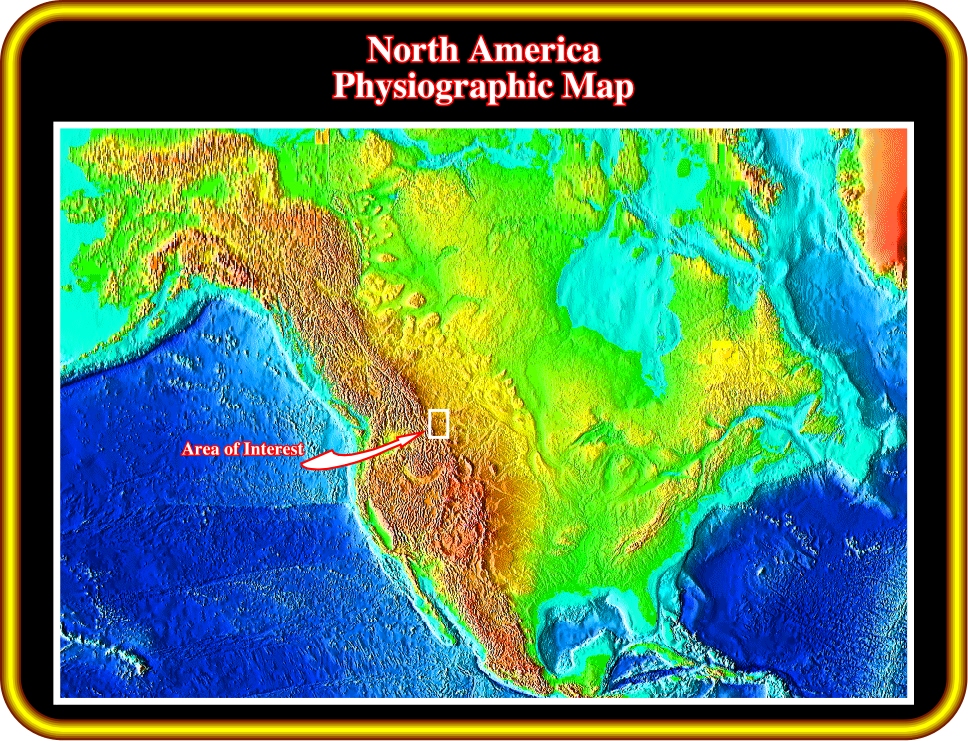
Universidade Fernando Pessoa
Porto, Portugal

Geological Setting & Seismic Interpretation

Major oil and gas accumulations have been found in the foothills of the southern Canadian Rocky Mountains particularly in folded and faulted leading edges of thrust sheets involving Paleozoic carbonates and Mesozoic clastics. Only the understanding of the tectonics and structural evolution of the Rocky Mountains allows geologists, and particularly seismic interpreters, to propose a priori interpretations and prospects in areas where the quality of seismic data is poor. Indeed, in this particular area, a priori knowledge, which contrasts with empiric knowledge (derived from sensorial experience), is absolutely necessary to interpret the seismic lines and so predict the more likely location of the exploration wells.
Contents:
I - Caveat II - North America Basins III - Major Tectonic Phases IV - Compressional Structures a) Detachments b) Geometry & Nomenclatures of Thrusts c) Tear Faults d) En-échellon Folds V - Geological Provinces VI - Stratigraphy VII - Migration of the Foredeep VIII - Regional Cross-Sections
IX - Main Orogenic Phases X - Seismic Interpretation XI - Bibliography